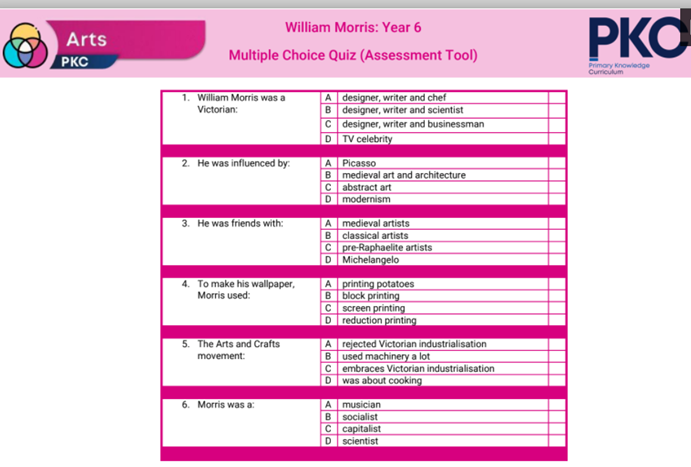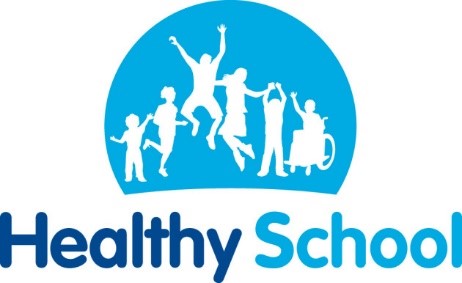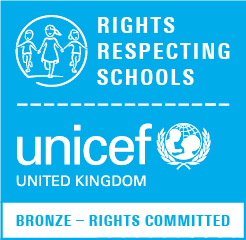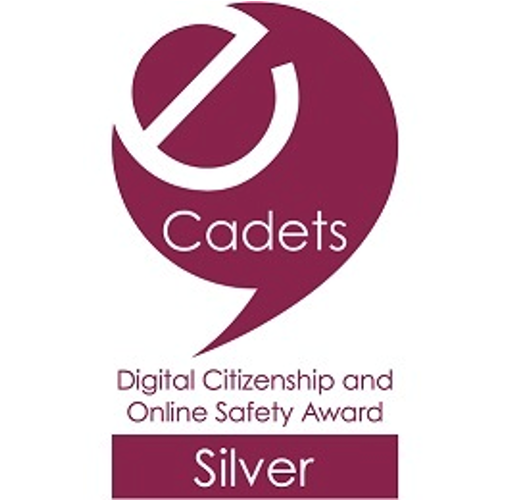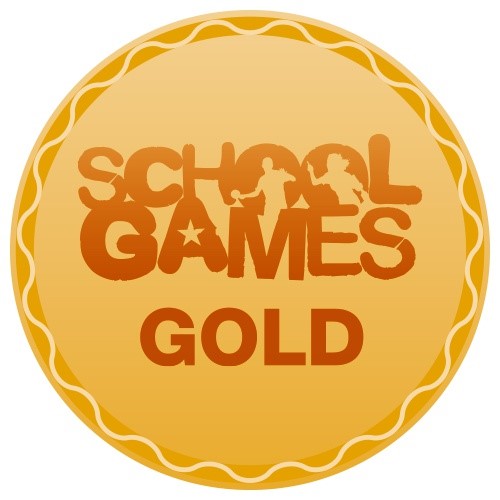Art
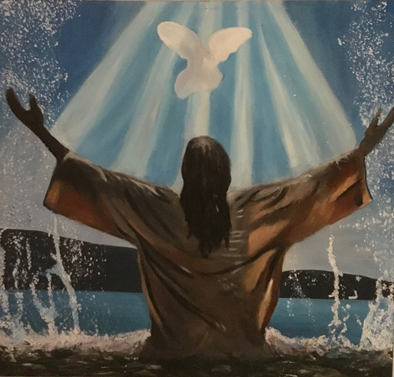
“Every artist dips his brush in his soul and paints his own nature into his paintings.” Henry Ward Beecher
Purpose of Study
At St. John the Baptist Catholic Primary School, we create a safe and inclusive environment where pupils are confident enough to express their ideas and not afraid to take risks with their work as emerging artists. We provide opportunities to engage and succeed in art. The purpose of art education is to give pupils the skills, concepts and knowledge necessary for them to express responses to ideas and experiences in a visual or tactile form. It fires their imagination and is a fundamental means of personal expression.
Every child is an artist. The problem is how to remain an artist once we grow up.
Pablo Picasso
Intent
At St. John the Baptist Catholic Primary School we believe that a high-quality Art education should engage, inspire and challenge pupils, equipping them with the knowledge and skills to experiment, invent and create their own works of art, craft and design. Our Art curriculum aims to inspire children to express themselves in a creative, imaginative manner. Children are introduced to a range of works by famous artists in order to develop their knowledge of styles and extend their vocabulary. Our Art curriculum also provides children with the opportunities to develop and extend their proficiency in drawing, painting, sculpture, collage, textiles, print and digital media. Children will develop their skills to think critically about art, be reflective, and evaluate their own work. As pupils progress, they should be able to think critically and develop a more rigorous understanding of art. They should also know how art and design both reflect and shape our history, and contribute to the culture, creativity and wealth of our nation. Art provides the children with the opportunities to develop and extend skills and an opportunity to express their individual interests, thought and ideas.
Implementation
EYFS
Our EYFS at St. John the Baptist Catholic Primary School, provides an engaging and safe environment for our children to feel confident to be creative and to express themselves freely. The Early Years Foundation Stage (EYFS) framework suggests that the development of children’s artistic and cultural awareness supports their imagination and creativity. We believe that each individual child has the power to create and make, to manipulate and contribute to the world, for the enjoyment of their own self and for others. There are three areas we focus on; Imagination and creativity, Self-expression and Communicating through arts.
Our EYFS practitioners support our children to be creative. It is as much about encouraging attitudes of curiosity and questioning as about skills or techniques. They build on children’s interests which can lead to them creating amazing inventions or making marks on paper that represent for them an experience or something they have seen. Encouraging children to choose and use materials and resources in an open-ended way helps them to make choices and to have confidence in their own ideas.
Key Stage 1 and 2
We use the Primary Knowledge Curriculum to teach Art. This PKC art curriculum is a knowledge rich curriculum, and it supports planning of Art lessons across Key Stage 1 and 2.
Knowledge, in the realm of art means knowledge not only of artists, designers, architects and their work, but of the artistic concepts that relate to their work shown in different types and styles of art, how these relate to each other in a historical context and how this affects the children’s own use of materials and development of skills. The curriculum is designed to enable children to learn by making connections between the work of artists, architects and designers (which they study critically) and their own work, which they evaluate and relate back to the works they have studied. This process is cyclical. For children following the curriculum, becoming informed about the subject discipline of art is a process that takes place alongside a growing love for the subject. Meaningful opportunities for self-expression and individual response are woven through the curriculum, giving children space to learn who they are as an artist.
Impact
Knowledge Organisers
Knowledge organisers support the learning for each unit. They make it clear to the children what is essential that they learn from each unit. Teaching is shaped around it to ensure key information is covered and to support knowledge based outcomes. They are given to the children at the start of each unit, and they have access to them through the whole topic. They also include key artists, art, artefacts and design for inspiration and key vocabulary for learners to remember.
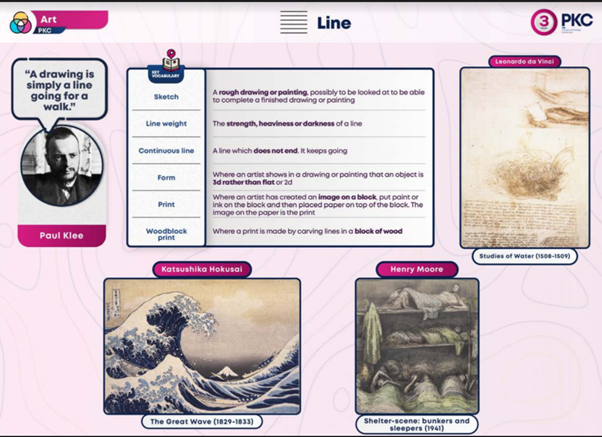
Prior Learning
Prior learning is identified at the start of each lesson. Giving the children the chance to use their prior knowledge and to have an opportunity to recap and imbed knowledge. This also supports teachers in identifying any gaps in learning.
Evidence and Assessment
It is expected that evidence of the children’s art will be recorded in sketchbooks which can include the work, or photographs of the work they produce each lesson. Sketchbooks may include written reflections on the work of other artists/designers/architects, as well as the children’s written reflections on their own work.
Activities children are directed to undertake in lessons are designed with an eye to the importance of learning and practising process. These activities include verbal and written observations and observational, analytical and imaginative drawing activities in key stage 1, leading to the process of independent investigation, observation, annotation, sketching, design and planning (allowing the children to experiment and invent) by the end of key stage 2. Independent and investigative study and the understanding of process is particularly provided for in the units which conclude the year for years 5 and 6.
Multiple-choice Quizzes
Multiple-choice quizzes will be included in the children’s sketchbooks, so that both children and teachers can easily identify progression in knowledge, process and application of skills.
